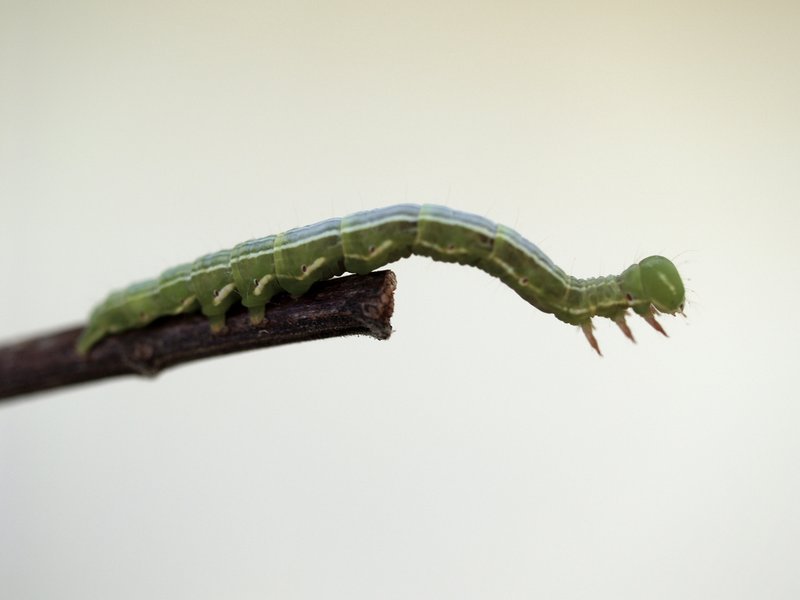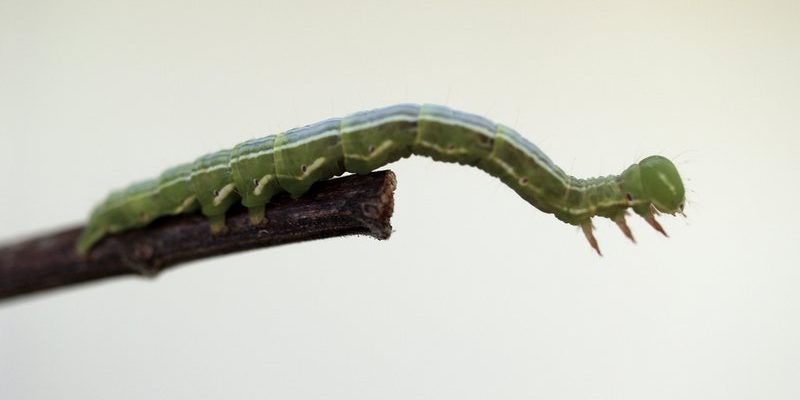
Let’s dive into the world of inchworms and see where they thrive. These critters belong to the **geometer moth** family and are often beloved by nature enthusiasts for their unusual way of moving. But are they truly global? Spoiler alert: the answer is a bit more complex than you might think!
What Are Inchworms?
Inchworms aren’t actually a specific species, but rather the larval form of certain moths in the family **Geometridae**. There are over 35,000 species of geometrid moths worldwide, and many of these have inchworm-like larvae. When you see them, they tend to curl up their bodies and “measure” the distance between their hind legs, which gives them the inching effect.
**Here’s the thing**: While these little guys are charming, they can also be pests. They munch on leaves of various plants, which can sometimes lead to defoliation. Despite their reputation as garden invaders, they play a crucial role in the food web, serving as a food source for birds and other wildlife.
Inchworms have a variety of colors and patterns that help them blend into their surroundings, which is a clever survival strategy. You might find them in shades of green, brown, or even bright hues!
Where Do Inchworms Live?
You’re probably curious about where you can find these little inching creatures. Inchworms generally thrive in environments where their host plants are abundant, which can be quite diverse. They’re commonly found in:
- Forests
- Parks and gardens
- Fields
- Wetlands
Each type of inchworm has its own unique habitat preferences, often relying on specific plants for food. For example, the **Eastern Tent Caterpillar**, which might look like an inchworm, prefers cherry trees. This variety in habitat makes them adaptable, but not every inchworm is suited for every environment.
Are Inchworms Present on All Continents?
So, the big question: **Are inchworms found on every continent?** The short answer is no. They are primarily found in temperate regions, like North America, Europe, and parts of Asia. However, they are not found in Antarctica, where the cold temperatures and icy conditions are inhospitable to most insects.
**Let me explain**: Each continent has its unique climate and ecosystems, which influences what species can thrive there. For example, the dry deserts of Africa and Australia may not support the moisture-loving plants that inchworms need for their lifecycle. While they have a broad distribution in suitable climates, they’re not universal.
Factors Influencing Inchworm Distribution
Inchworm distribution is influenced by several factors:
- Climate: Inchworms prefer temperate climates that offer mild temperatures and seasonal growth patterns for their host plants.
- Vegetation: The availability of suitable plants is crucial. Without their preferred leaves to munch on, inchworms simply can’t survive.
- Altitude: Higher altitudes can be too harsh, limiting the types of plants that grow there. Some inchworms do inhabit mountainous areas, but their presence is often spotty.
In addition to these factors, human activity can also have an impact. Deforestation, urban development, and climate change can all alter habitats, affecting inchworm populations. It’s a perfect example of how interconnected ecosystems can be.
The Role of Inchworms in Their Ecosystem
You might be surprised to learn that inchworms play an important role in their ecosystems. As herbivores, they contribute to the regulation of plant life. By feeding on leaves, they help balance plant growth, which can lead to healthier ecosystems.
Moreover, they’re a food source for a variety of birds, insects, and mammals. When birds are nesting, they often rely on these little guys to bring nutrients to their chicks. You could say inchworms are a small but vital part of the food chain, connecting various species.
**Honestly**, if you care about nature, understanding the role of inchworms can deepen your appreciation for the intricate web of life around us.
Common Myths About Inchworms
There are a few common myths surrounding inchworms that are worth addressing.
First, many people believe that all inchworms are harmful to gardens. While they can eat their fair share of leaves, not all species are equally destructive. Some can actually benefit plants by acting as pollinators in their adult moth stage.
Another myth is that inchworms are only found in specific regions. As we discussed earlier, while they’re prevalent in temperate regions, they are surprisingly adaptable and can be found in a variety of habitats.
Finally, some folks think that inchworms can transform into butterflies. While they do metamorphose into moths, not butterflies, they’re still pretty remarkable in their transformation!
The Future of Inchworms
As we look toward the future, inchworms face challenges like many other species. Climate change is altering their habitats and food sources, leading to shifts in their populations. Warmer temperatures may allow some species to expand their range, while others may struggle to adapt.
Conservation efforts can play a role in ensuring that inchworms and their habitats are preserved. Planting native species in gardens and parks can provide food sources and shelters for these fascinating creatures.
**You might be wondering** how you can help. Simply by creating a more eco-friendly garden, you can provide a welcoming home for inchworms and other beneficial insects.
So, are inchworms found on every continent? Not quite! While they’re widespread in temperate regions, they’re absent in Antarctica and limited in arid regions. These quirky little caterpillars are fascinating creatures, revealing a lot about the ecosystems they inhabit. By understanding their habits, habitats, and roles, we can better appreciate the intricate nature of our world.
Next time you see one inching along, think about the little life it represents and the ecosystem it supports. Taking the time to learn about these small but mighty creatures adds another layer of wonder to our natural world. After all, every inch counts!

